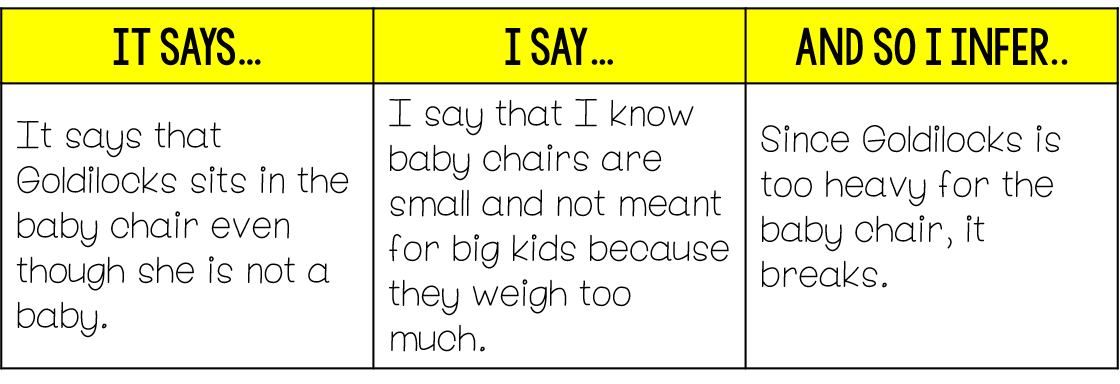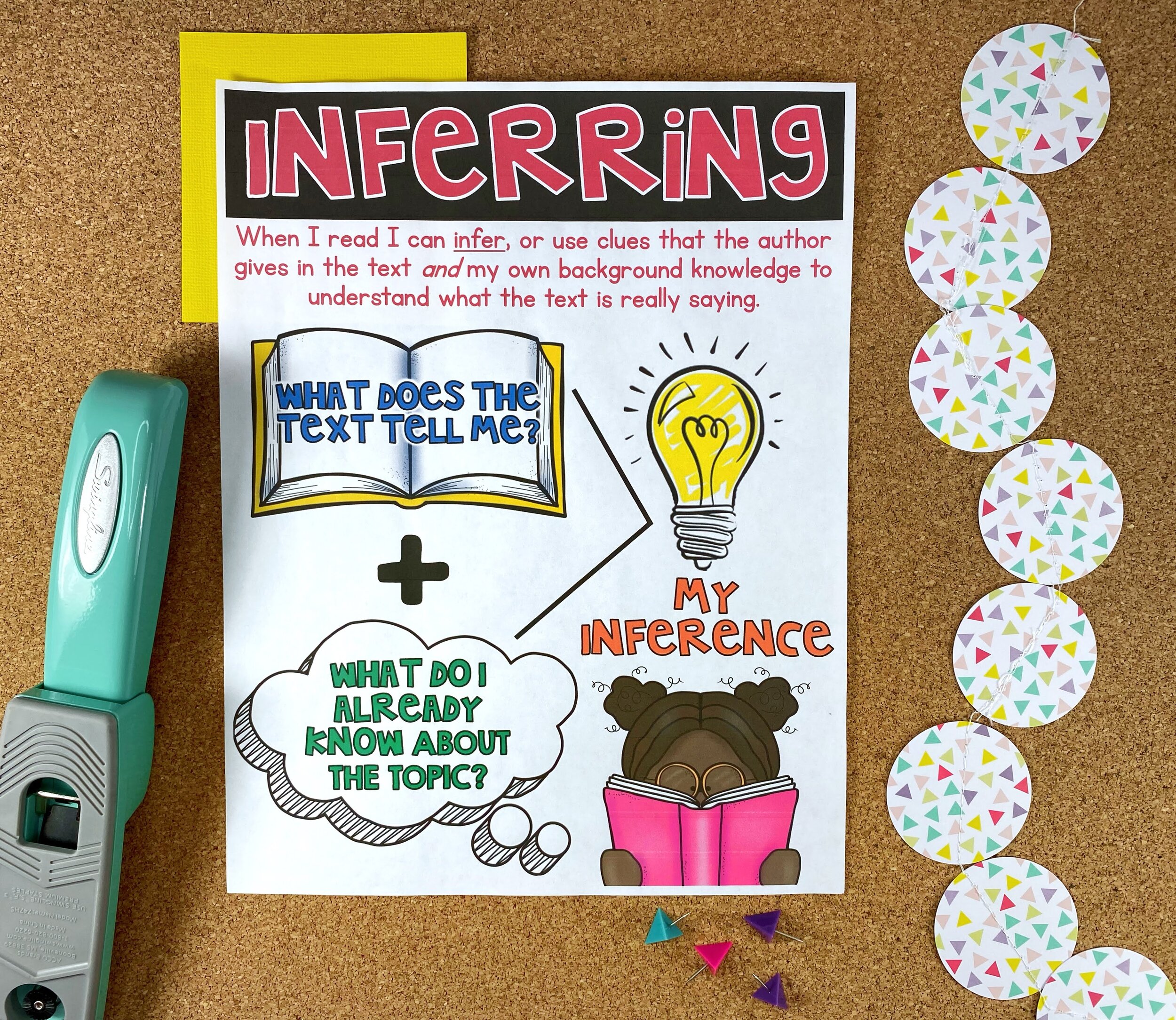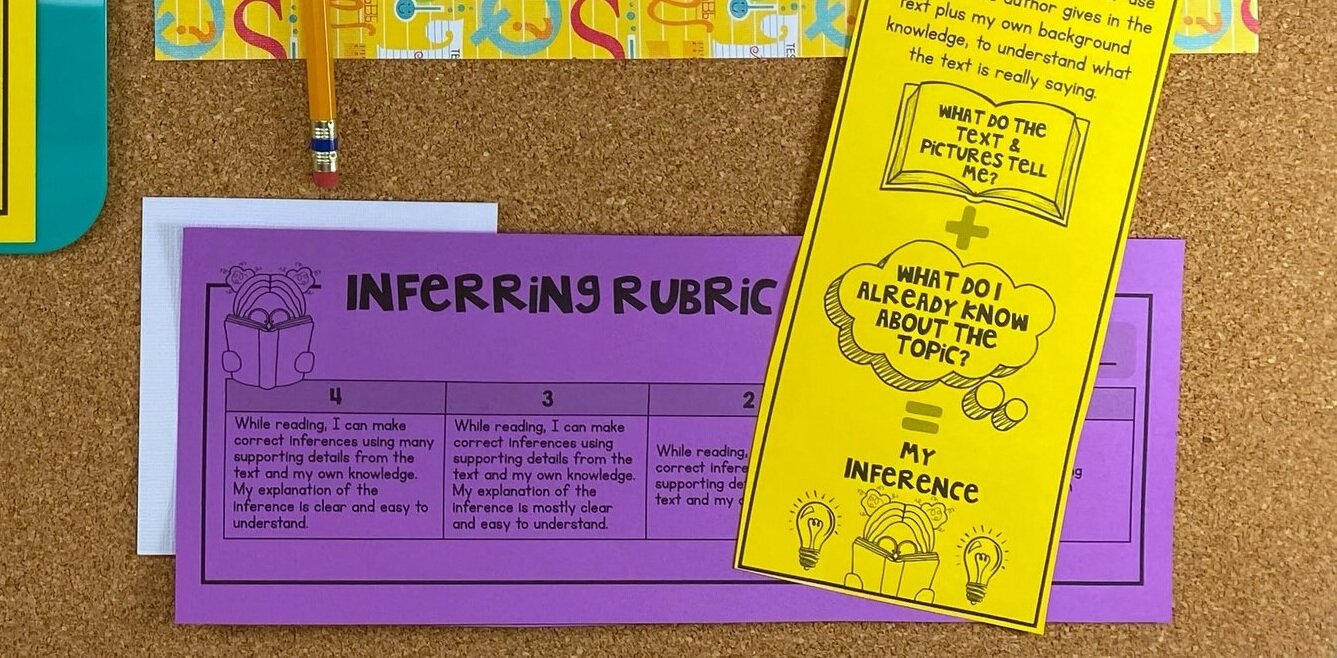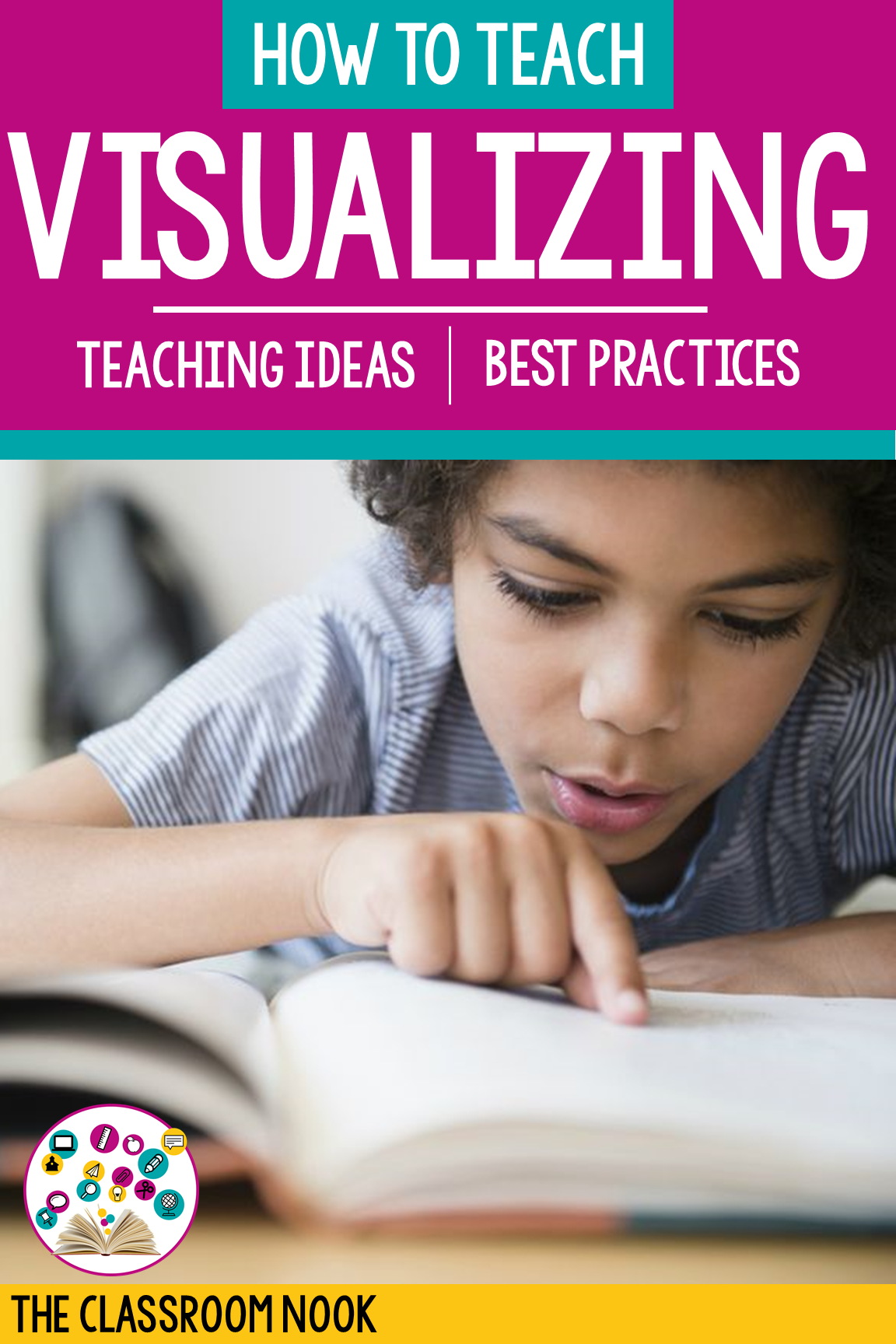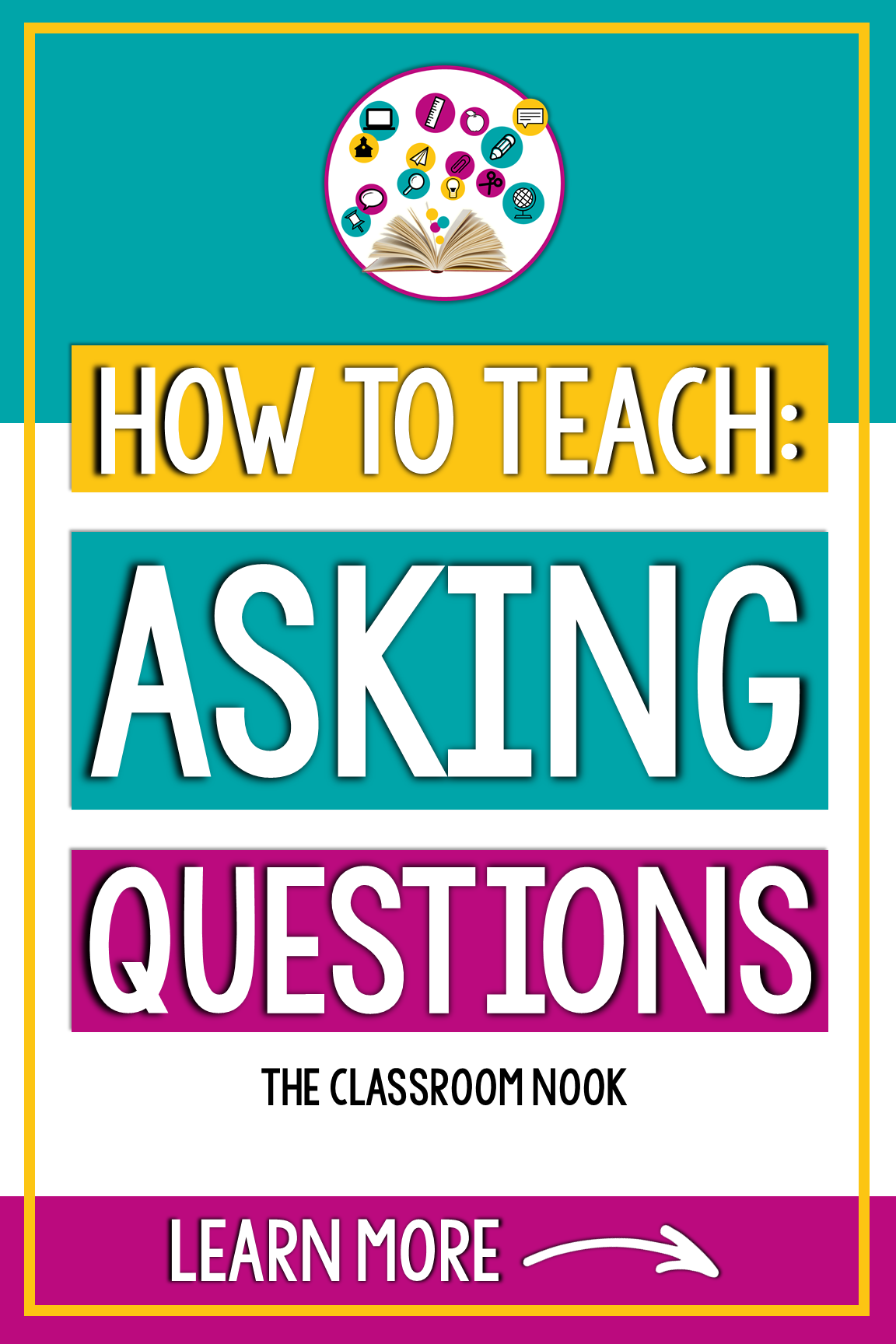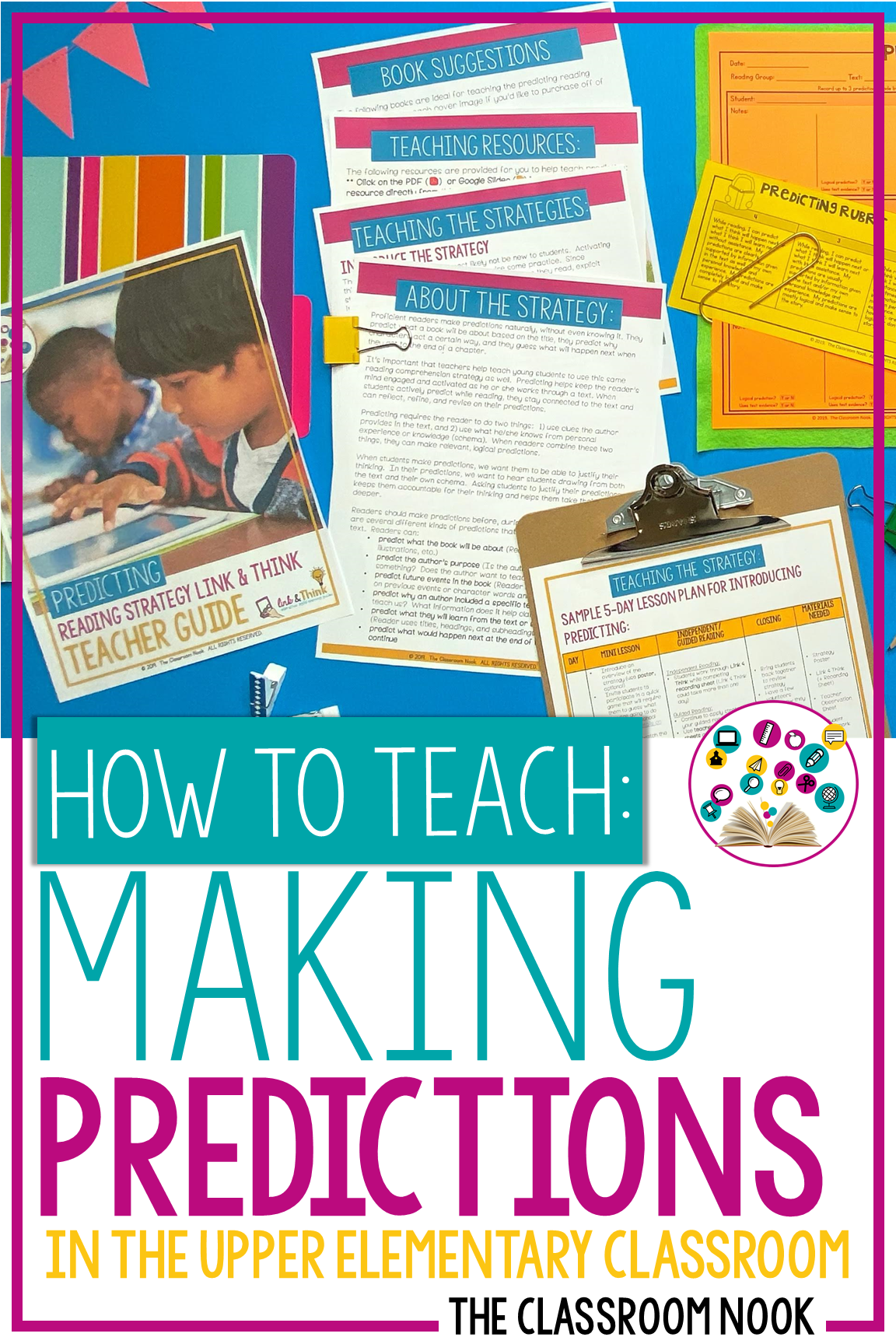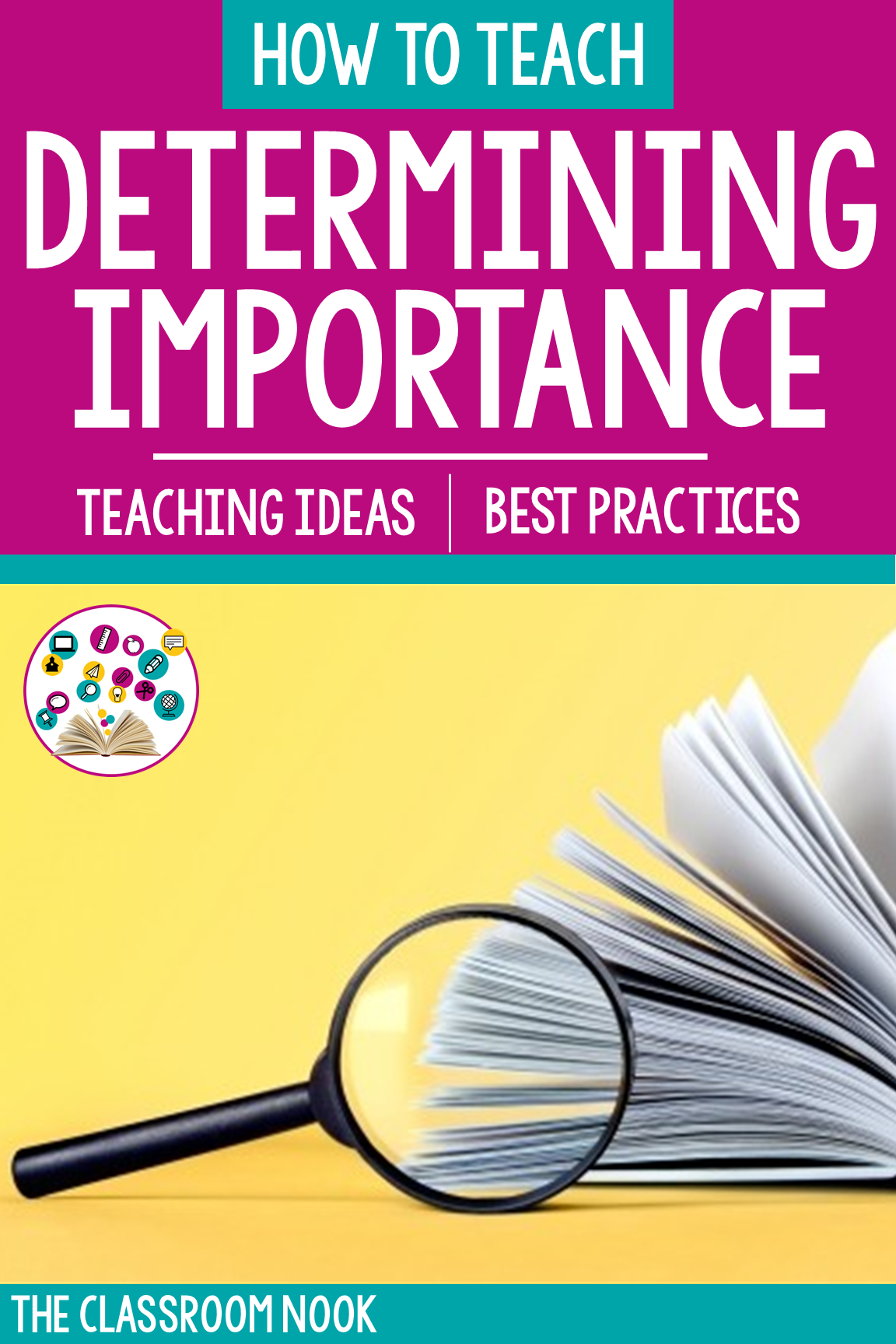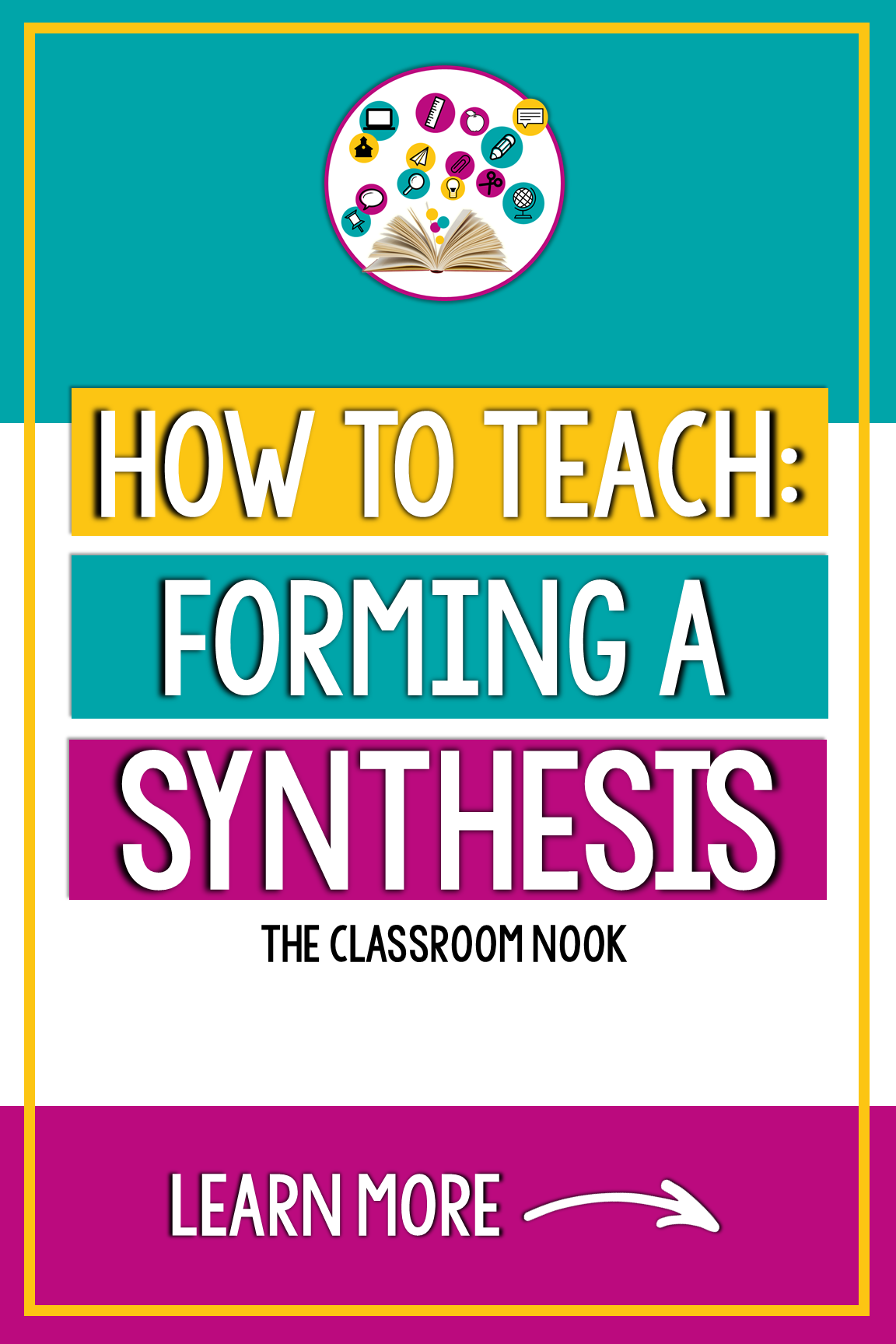Reading Comprehension Strategy Series: How to Teach Students to Infer While Reading
Love podcasts? Listen to this episode in the form of a podcast episode on The Classroom Commute Podcast!
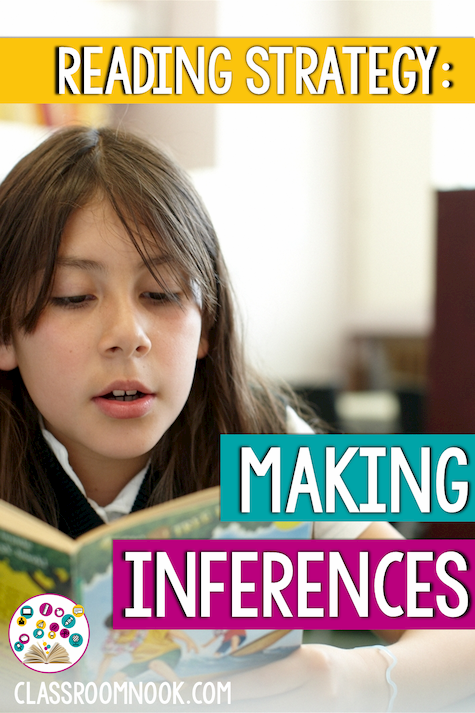
Teaching students how to infer while reading is a fundamental reading strategy that will help them take their meaning of a text deeper.
When students infer, they find clues in the text and use what they already know from personal experience or past knowledge to fully understand what the text is about.
Good inferences are backed up by supporting details from both the text and personal knowledge.
But — before students can infer, they have to be explicitly taught how. In this post, we’ll uncover the essentials for how to teach inferring to your students.
Pssst…Want a super engaging and interactive way to have students practice inferring?
LINKtivity® Interactive Guides are EXACTLY what you need to make learning fun & accessible for all!
Get access to the Inferring LINKtivity® (+a growing library of LINKtivities!) inside of LINKtivity® Learning - an all-access pass to our entire vault of LINKtivities!
Below are the different categories within this post to help you jump to exactly what you need! Click on each category title to navigate there directly:
what you need to know before teaching the inferring reading strategy:
It’s important to help students to distinguish inferring from stating the obvious. For example, a student looking at the picture of the baby could state the obvious by saying the baby is crying. However, a correct inference might include that the baby is tired or hungry. Using background knowledge of why babies cry, combined with the details in the picture makes this a plausible inference.
It is also important to help students understand the difference between inferences and predictions. Although they are relatable, they are not the same. When students predict, they guess what will happen next based on what they already know from the text and their background knowledge. When students infer, they make a guess about what is currently happening. A sensible inference for why the baby is currently crying is that the baby is hungry or tired, while a sensible prediction might be that the mom or dad of the baby will come and pick the baby up to sooth him.
Finally, although inferences are subjective, it is possible for students to draw incorrect inferences. For example, if a student looked at the picture of the crying baby and said “the baby is probably upset because his brother just made fun of him,” that would be incorrect because the baby in this picture is too young to understand that he was being made fun of.
Setting this foundation will be essential to your students’ master of this reading strategy.
Introduce the Reading Strategy
There are several activities that will help students to make inferences. First, help students to understand that they are already making inferences in their everyday life. Any time that they come to a conclusion about a specific situation, they are inferring.
An easy way to first introduce inferring is to use pictures. Show students several pictures that lend themselves to making inferences is a great way to get students to use their inferring skills. Here are couple of examples of what your pictures might look like:
Possible inference: The boy does not like vegetables.
Evidence: He has a plate of veggies in front of him and a scowl on his face. The student might use his/her own feelings about veggies to understand what he might be thinking.
Possible inference: The girl wants to buy chips, but her mom is not going to allow it.
Evidence: The girl looks like she is hopeful her mom might let her put the chips in the shopping cart, but the mom is holding up her hand as if to say “no.”
Another fun way to introduce inferring is to create mystery bags. Collect several items that students can use as clues to guess where you might be going or what you might be doing. For example, one bag might have a pair of sunglasses, some sunscreen, and a beach towel. Students would guess that you might be going to the beach. Another bag might include ingredients and utensils needed to make a peanut better and jelly sandwich. Extend this activity by having students create their own mystery bags. Invite a few students at a time to share their bag with the class while their classmates make inferences.
Similar to the mystery bag, you could play game where students observe different shoes and guess which type of person would wear that shoe. For example, a high-heel shoe would be worn by a women, possibly going to a fancy restaurant. A soccer cleat would be worn by a soccer player, a winter boot would be worn by someone planning to walk in the snow…etc.
Modeling the Inferring Reading Strategy
Once students understand the concept of making inferences based on clues, help them to translate the skill into their reading. Before jumping into longer stories, however, have students practice their inferring skills using short sentences. Here are some sample sentences where students can be asked to draw inferences:
My family and I have everything we need: tickets, popcorn, and candy! (Inference: The family is going to a movie)
•Sam sat with a puzzled look on his face and then raised his hand in class. (Inference: Sam has a question or is confused about something)
•We all grabbed our raincoats and umbrellas. (Inference: It’s raining outside)
The next step is ask students to apply this reading strategy to longer stories. Picture books can be a great tool to model the strategy of inferring. You might even start with wordless picture books as they are perfect for practicing inferring. See book suggestions at the end of this guide for a list of books that you can use to model the strategy.
Teach students that good inferences use specific details from the text as well as their background knowledge. One strategy suggested by author and educator Kylene Beers that can be used to model inferring is called the “It says…I say…and so…” thought flow.
Check out how this strategy looks in action using the story Goldilocks and the Three Little Bears. Students are inferring why the baby chair broke when Goldilocks went to sit in it.
CHOOSE TEXTS THAT ASSIST IN MAKING INFERENCES:
Use several pictures books to model this “It Says, I Say, and So…” thought flow. Then, allow students to use this same thought flow with their independent reading books. You may even want to provide them with a graphic organizer like the one shown above for them to record their thoughts. This will make it easy for you to assess how they are connecting text evidence and background knowledge to make their inferences. The students’ success in using this reading strategy begins with choosing anchor texts that best support making inferences. Here are some of my favorites to use when modeling this strategy (affiliate links):
The Wretched Stone by Chris Van Allsburg
The Memory String by Eve Bunting
This Is Not My Hat by Job Klassen
The Other Side by Jacqueline Woodson
When first using a new reading strategy, students need constant reminders. Visuals such as bookmark to use while reading, or a classroom poster that is displayed on a reading strategy bulletin board work wonderfully to help students remember to use their own experiences and knowledge, combined with clues in the text, to infer in the books they read.
Continue to create anchor charts displaying inferences that you make during read-alouds.
8 FREE Reading Strategy Bookmarks
Grab these FREE student bookmarks to help your students use reading comprehension strategies while reading.
There are a total of 8 bookmarks that explain reading strategy in kid-friendly language and is the perfect reference for students to use during independent or small-group reading time.
USE LINKtivity DIGITAL LEARNING GUIDES
New to LINKtivities? >> CLICK HERE
Did someone say “LINKtivity"?” Why, yes I DO have a LINKtivity for making inferences!
It’s easy to engage students when you’ve got an interactive, easy-to-use LINKtivity available!
Check out the video below to get a sneak-peek
In the Inferring LINKtivity, students first watch a short animated video clip that quickly catches their attention with fun doodles and images. The clip introduces what the strategy is and how readers use it.
From there they read alongside their “virtual reading buddy” to see the strategy applied to a text. While clicking through the digital book, each time the student comes across a thought bubble, they click on it and are brought to a new slide in the LINKtivity guide to see what their reading buddy is thinking!
Then, to take their learning to the next level, students read 3 additional high-interest reading passages to practice the strategy on their own. In a similar fashion as they did with their reading buddy, students click through the digital storybook and stop to make inferences along the way. The students can record their thinking on a recording sheet that goes along with the LINKtivity.
HAVE STUDENTS KEEP TRACK OF THEIR INFERENCES WHILE READING
Having students write down their inferences is key when it comes to informing you of their understanding of the strategy. From their written details you can see if they can make logical inferences.
Writing down their thoughts also keeps them accountable for their learning and gives you an informal assessment.
ASSESSING YOUR STUDENTS ON Making Inferences
Assessment, whether it be formal or informal, drives instruction. For more informal assessments, take notes about a students use of the inferring reading strategy during reading conferences or in small groups. Considering the following when observing the students’ use of the strategy:
Are students using text evidence to support their inferences?
Are students using background knowledge and/or personal experiences to support their inferences?
Are their inferences logical?
Can students clearly justify their inferences?
Finally, having a rubric written in kid-friendly language is especially helpful when providing feedback to a student on their ability to make inferences. The rubric can provide clear guidelines on how to infer while reading.
Resources for inferring
Want to get your hands on the Inferring LINKtivity®?
Join the LINKtivity® Learning Membership and start using this ready-to-go resource for making inferences that includes:
a teacher guide
a student LINKtivity
a student recording sheet
a student-friendly rubric
Get access to the Inferring LINKtivity® PLUS all the other reading comprehension strategies inside of LINKtivity® Learning - an ALL-ACCESS pass to every single LINKtivity® created (INCLUDING all 7 reading strategy LINKtivities!)



